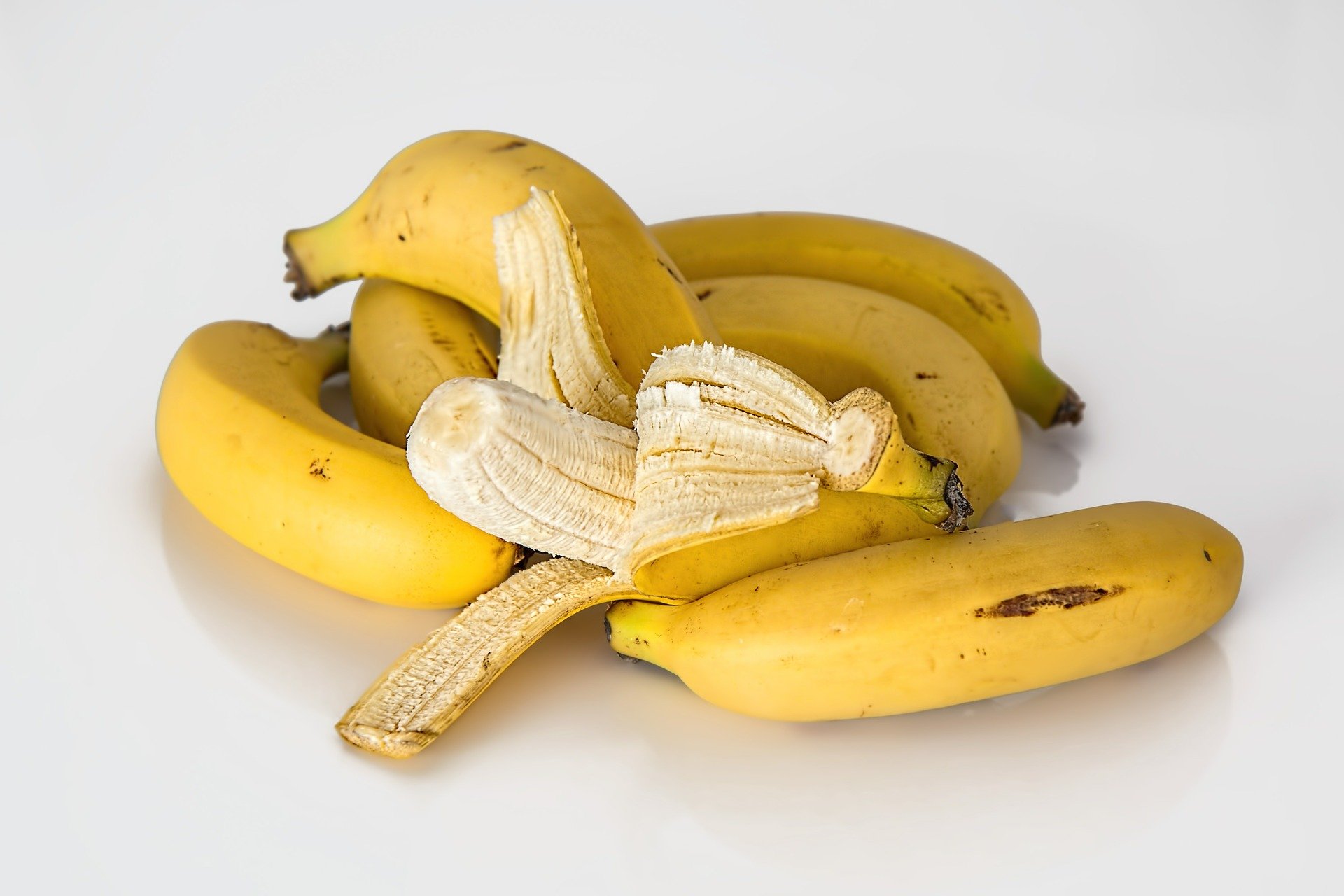Top 35+ Interesting Facts About Banana Production in India You Should Know

The bananas are scientifically known as Musa indica. Banana is a plant tree even though it has no trunk. In Sanskrit banana is referred to as Rambha. There are also references to this plant in fossils.

Bananas have health values and they are full of nutrition. Bananas contain a number of vitamins and minerals. Bananas help with metabolism and play an essential role in human body health and the whole immune system.
- A bunch of bananas is called a hand, while a single banana is referred to as a finger.
- India ranks first in banana production globally.
- Maharashtra state ranks first in India.
- India accounts for 20 percent of the world’s banana production.
- Maharashtra accounts for 25 percent of India’s total production.
- Raver, Chopra and Yaval talukas in Jalgaon district of Maharashtra are leaders in banana production and give most of the yields therein.
- Banana is believed to be native to SouthEast Asia.
- It is now cultivated throughout the tropics.
- It is cultivated mainly for the production of fruits.
- The height of the banana tree is 2 to 8 meters and the length of the leaf can be three and a half meters.
- Bananas are cultivated from tubers.
- Banana fruits come in bunches called Longar.
- A bunch usually contains 10 pods while a pod contains 16-18 bananas.
- Its flower/flora is brown in color.
- Unripe fruits are green while ripe ones are yellow or reddish.
- The banana plantains are good for health. It is effective against blood bile, worms, decay, and cod.
- Banana flower i.e. plantain can be used as a vegetable. Its nutritional properties are more healthy.
- When a banana plant grows, a stem grows from its center.
- 300 to 400 bananas are produced in one bunch of bananas.
- Banana ranks below mango in terms of area and production.
- India ranks second in banana production.
- In India approximately two lakh twenty thousand hectares area is under banana cultivation.
- Although Maharashtra is the third largest banana producing state in terms of area, it ranks first in terms of production in terms of commercial or export sales.
- Maharashtra produces about 50 percent of the bananas in India.
- At present, a total area of forty four thousand hectares is under banana cultivation in Maharashtra and more than half of that area is in Jalgaon districts.
- More than half of the banana production in Maharashtra takes place in Jalgaon district, so, it is considered as a banana agar. Basrai banana from Jalgaon region is mainly sent to North India.
- India exports bananas to the markets of Saudi Arabia, Iran, Kuwait, Dubai, Japan and Europe. It brings a large amount of foreign exchanges into the Indian treasury.
- In India, out of total production, more than 86 percent of bananas are used for everyday food needs.
- Ripe banana is a very nutritious food and plantains, unripe fruits and core of the stem are used as vegetables.
- Banana fruits are used to make takavu powder, jam, toffee, jelly etc.
- Dried banana leaves are used for covering. Banana trunks and tubers are cut into pieces and used as animal fodder.
- In India (especially, Maharashtra & South India), the banana tree is used as an auspicious symbol in religious functions. The banana leaves a special value in religious functions, chants & poojas.
- The season of banana cultivation varies according to the climate, because the climate has a direct effect on the growth of the banana, the time it takes to set and produce the fruits.
- The planting season in Jalgaon district (Maharashtra, India) starts with the beginning of monsoon. During this time the climate of this region is warm and humid.
- In Maharashtra, India, banana gardens planted in June – July are called Mrigabagh.
- In Maharashtra, India, banana cultivation from September to January is called Kandebagh.






